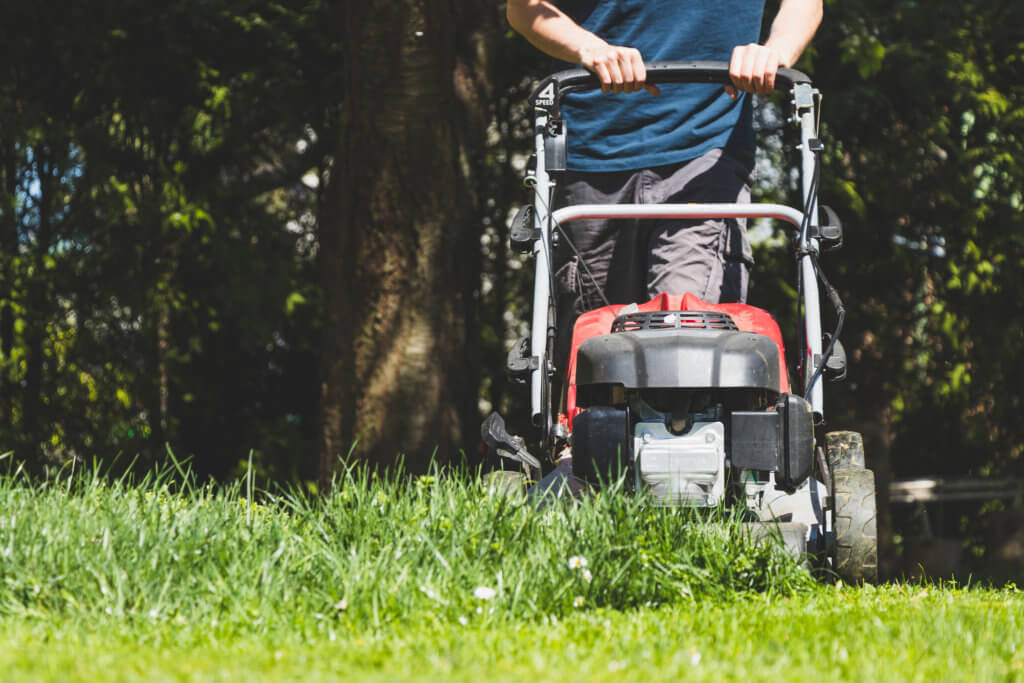How Homeowners Can Mitigate Drought Impacts

Drought is becoming a more frequent problem. According to NASA, the last 20 years have produced some of the driest conditions in the American west on record. When drought occurs, it is now more severe and pervasive than it once was, which underscores the importance of planning for drought before it occurs.
Government efforts to combat climate change, which NASA indicates is behind the increase in drought over
the last two decades, might produce large scale change needed to protect against drought. But there’s also steps private homeowners can take to prepare for drought before it occurs.
CHECK YOUR WELL PUMP REGULARLY
The U.S. Department of Homeland Security urges homeowners who have a well pump on their properties to check them regularly for leaks. If the pump turns on and off while water is not being used, it has a leak. Ad-
dressing the leak promptly helps to conserve water, which is one of the most effective means to combatting
drought.
PLANT NATIVE SPECIES
The U.S. Forest Service notes that native plants are adapted to the local climate and soil conditions. That means they will require less water and will be hardy enough to withstand heat waves in areas where especially high summer temperatures are the norm.
RAISE THE BLADES ON YOUR LAWN MOWER
The DHS notes that lawn mower blades raised to at least three inches encourage grass roots to grow deeper
and hold soil moisture. That can help lawns survive drought without much intervention, including extra water during times when water restrictions are in place.
RESEED LAWNS WITH DROUGHT IN MIND
When reseeding a lawn, consider the potential for drought. The DHS recommends individuals in areas affected or likely to be affected by drought plant drought-resistant lawn seed. Drought-resistant grasses, which include Bermuda and Zoysia grass, can withstand prolonged periods without water. However, before reseeding, consult a local lawn and garden professional to ensure the grass will thrive in your area.
DEVISE A WISE WATERING STRATEGY
Come late spring, devise a watering strategy to take you through the dog days of summer. Water-efficient irrigation systems can protect flowers, plants and shrubs during prolonged periods marked by little to no precipitation. In addition, less water will be lost to evaporation when watering during early morning or evening hours when temperatures tend to be less extreme and the sun is not as high. If possible, hand water during these times of day or set irrigationsystem timers to do so.
Dry conditions are more common today than they were 20 years ago. That reality means homeowners must plan ahead as they try to help their lawns and gardens survive drought.



